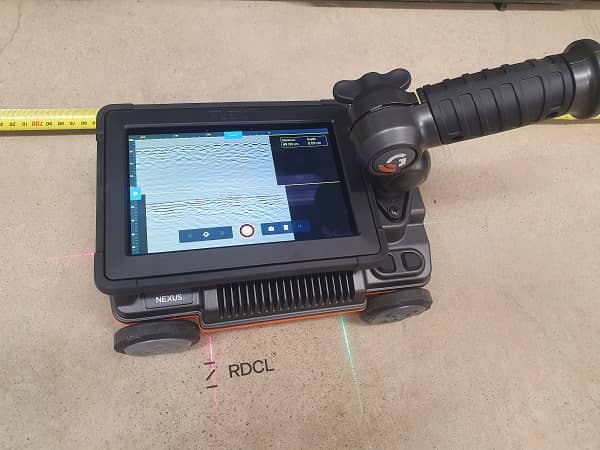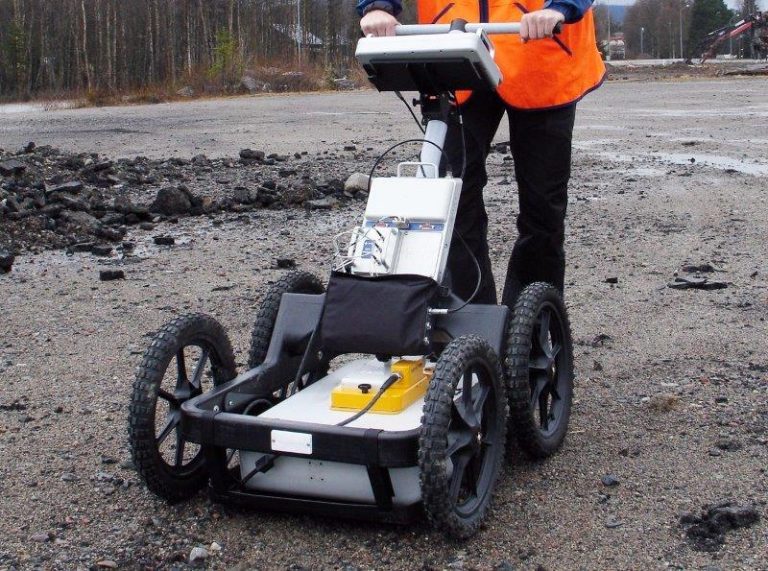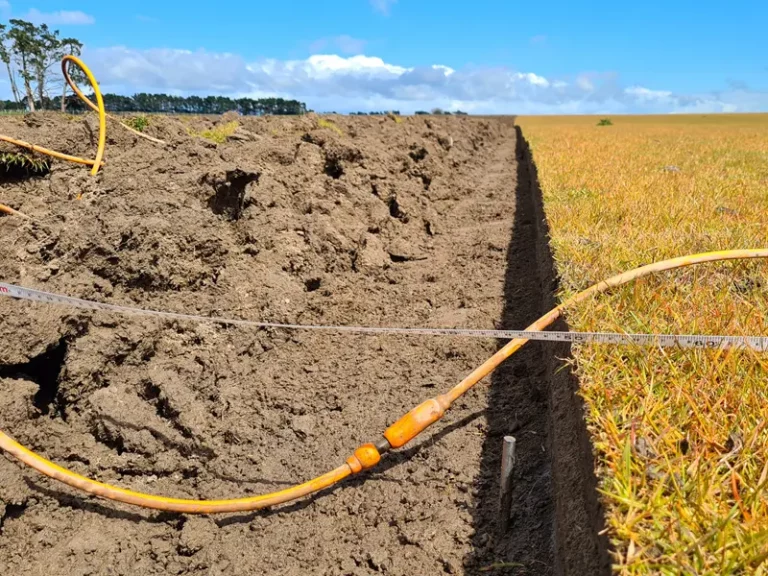Surface Seismic
Surface seismic methods are non-invasive, fast, can cover a lot of ground and can be undertaken in rural or developed areas including the CBD. Seismic testing measures the velocity of surface and compression waves to infer the physical (generally strength related) properties of rock and soils including modulus of deformation, consistency of materials, depth to hard, depth of saturation, consistency of layers and bedding. Applications include seismic site class assessment, piling lateral loads and depth to hard, excavation diggability, depth to hard and bedrock, foundation screening, liquefaction screening and for linear structures, consistency and change of materials.
RDCL typically undertakes four types of surface seismic testing:
- Multi-channel Analysis of Surface Waves (MASW)
- Seismic refraction Tomography (SRT)
- Microtremor Array Measurements (MAM)
- Horizontal-Vertical Spectral Ratio Analysis (HVSR)
Multi-channel Analysis of Surface Waves (MASW) measures the shear wave velocity profile of soil and rock with depth. Surface waves are generated by either an Accelerated Weight Drop (AWD) or a sledgehammer and recorded by a 24 or 48 channel geophone array. This data can be processed to create a pseudo-2D profile of shear wave velocity with depth.
MASW is often used to infer depth to subsurface rock, estimate soil and rock strength or aid in liquefaction assessments. Key points to understand when considering MASW:
- Effective penetration depth is generally < 30m. This is because penetration depth is ~ ½ the array length (viz. to reach 12m depth, the array length must be > 23m long). To go deep, a very long continuous array is required which is often limited by available space.
- single sounding at the centre of the array is produced for each “shot”. The pseudo 2D section profiles are made by interpolating between multiple shot points at close intervals (allow 1 – 5m). The price of the survey may then be heavily affected by the detail that the engineer thinks they want. This is the most commonly mis-understood aspect when engineers request a MASW survey.
Seismic refraction tomorgarphy (SRT) measures compression wave (P-wave) velocity to map the sub-surface with depth. Active energy sources are used to generate the signal recorded by geophone arrays.
SRT is often used to assess the geological structure of the ground, bedding continuity, incidence of fault or offset structures, buried “hard” bodies, excavation potential (“digability”) of materials surveyed and groundwater levels.
Microtremor Array Measurement (MAM) measures surface waves to provide a shear wave velocity profile of soil and rock with depth. MAM is a passive seismic technique that uses microtremors generated by ambient noise such as ocean waves or distant earth tremors as the energy source. RDCL uses wireless geophones deployed widely across the site for usually > 3 hours to record passive waves.
MAM produces a shear wave velocity profile, able to penetrate to great depth, reaching several hundred meters below ground. MAM has lower resolution than MASW and is often combined to produce a higher resolution profile in the near surface. MAM is most often used for site class assessments and has been used by RDCL for deep groundwater surveys looking for fractured rock targets at depth.
Horizontal-Vertical Spectral Ratio Analysis (HVSR) is also a passive seismic technique often used to estimate a fundamental period of the site. RDCL undertakes HVSR triaxial 2Hz geophones by Geometrics. A tri-axial geophone has three accelerometers (two horizontal and one vertical).
Seismic signals of all three components are transformed in the frequency domain to produce H/V plots, which are used to infer the fundamental frequency for the site. This technique is useful as a simple approach to help build up the data sets to assess the fundamental site period.



